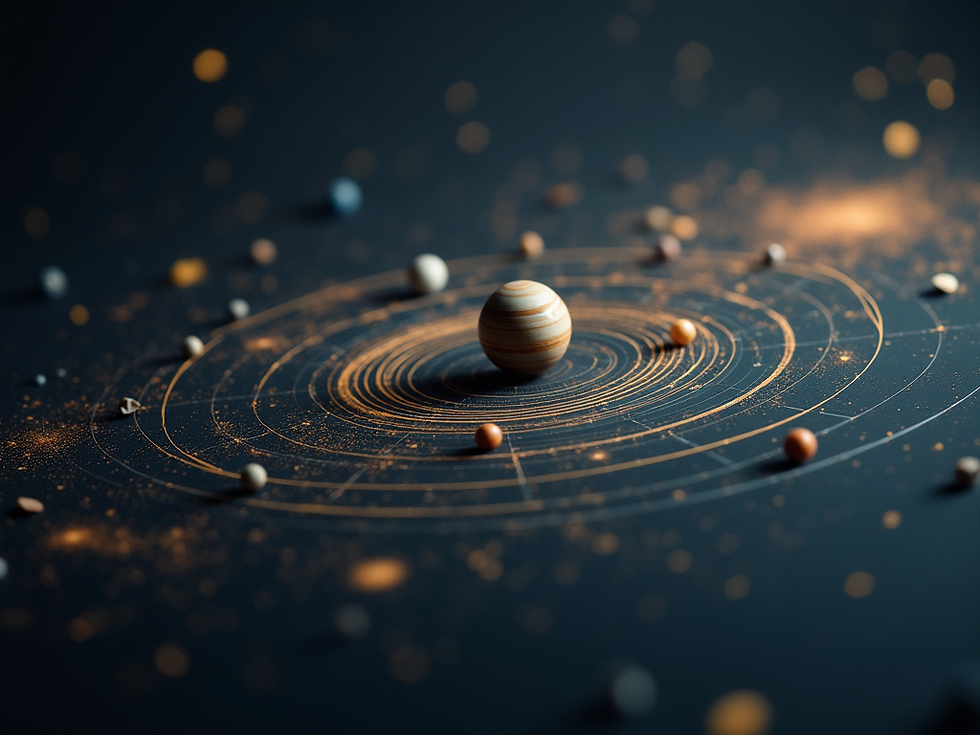Memoria
- Peter Duchemin, Phd

- Jul 25, 2024
- 1 min read
Updated: Feb 28
"Memory is not primarily a means for us to store the past, although it may sometimes serve that purpose. Its primary role is to provide us with in-situ knowledge with a focus on the present. Every crystallization of knowledge or memory, whether that be an accident or an intentional mnemonic feat, has a unique shape, a distinctive contour. Every cavern, in other words, is topologically unique. The exploitation of shapes and spaces for storing, processing, analyzing and synthesizing units of knowledge and memory is precisely what mnemotechnics seeks to achieve. Mnemotechnics is concerned with arranging memory, but also thought. The calculus of thought is a mnemotechnic art! Mnemonics is meant to compose the self, out of knowledge, in the present, so that it can draw upon the past in order to anticipate the future. To cause change in conformity with will. Highly systematized memory structures, especially those which are standard over a social body, provide templates for the self. Magic in its involvement with memory is meant to dispose time. We are all constantly noticing, storing, and interpreting memory. The specialist in memoria is an individual who has established protocols, parameters, or apparatus to buttress this psychic function. This is done NOT merely to be able recall the past, but rather in order to manage and master knowledge, and to bring it to bear on a present. The ideal is that the memorialist’s art grows continually stronger and more efficient. The full spectrum of these arts is meant to increase general intelligence, and ultimately court genius."
From The Art of Hidden Causation - by Peter Duchemin.








Comments